
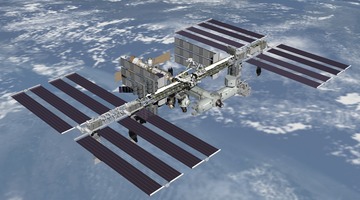
A satellite is anything that orbits around another object. Moons are natural satellites that orbit around planets, whereas artificial satellites are objects that people have made and launched ...
READ MORE
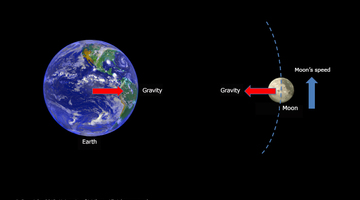
Gravity is a force that attracts all objects towards each other. People are attracted towards the Earth and the Earth towards people, the Moon and the Earth are attracted towards each other, and ...
READ MORE

Communications satellites are used to send and receive radio signals for television, phone or internet communications. Large concave reflectors called satellite dishes are normally used to send ...
READ MORE

In this activity, students use a simple true or false interactive tool to categorise facts. This activity could be used as a formative activity to gather students prior knowledge and ...
READ MORE
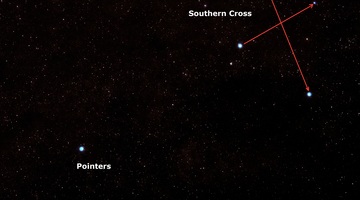
In this activity, students observe how the Moon appears to move across the sky each hour, as well as over several days. They discuss how both the rotation of the Earth as well as the satellite ...
READ MORE

In this activity, students use a scale model of the Earth and identify altitudes of various satellites. They then use a smaller object on a string to model gravity and satellite motion. By the ...
READ MORE

Search data from NASA’s Kepler spacecraft for the dips in star light intensity caused by exoplanets – planets that orbit stars other than the Sun. As these exoplanets pass between the star and ...
READ MORE
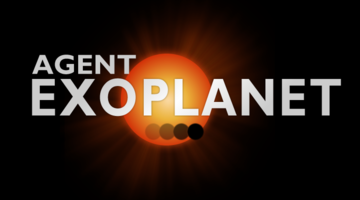
Help astronomers at Las Cumbres Observatory, California, study exoplanets – planets that orbit stars other than our Sun. Do this by interpreting images taken by their telescopes in Hawaii ...
READ MORE

Globe at Night is an international citizen science campaign to raise public awareness of the impact of light pollution by inviting citizen scientists to measure and submit their night sky ...
READ MORE

Although Aotearoa New Zealand is a relative newcomer to the international space industry, a deep knowledge of space enabled early Polynesians to navigate to these islands and develop mātauranga ...
READ MORE

Bring some awe into your classroom. The Science Learning Hub has developed a suite of resources designed to grow Aotearoa New Zealand students' interest in space. Join us to discover ways to ...
READ MORE
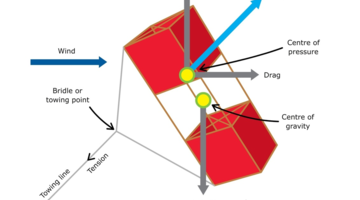
Are you looking for ways to teach forces? If you’re new to the Science Learning Hub, you may want to start with our introductory video on teaching physics. Help, I’m teaching physics Discover ...
READ MORE
Dr Allan McInnes and Dr Adrian McDonald, from the University of Canterbury, explain how gravity and projectile motion keep natural and artificial satellites in an orbital path.
READ MORE
Kelvin Barnsdale explains how satellites use radio signals to communicate with ground stations and how satellite dishes are shaped to reflect these signals into a single point. Point of interest: ...
READ MORE
Kelvin Barnsdale shows us a simple homemade aerial that receives signals from an amateur radio satellite. Kelvin uses his laptop to view the satellite images. Point of interest The New Zealand ...
READ MORE
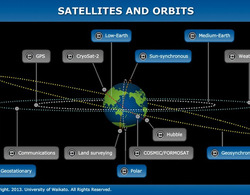
The size, orbit and design of a satellite depend on its purpose. In this interactive, scientists discuss the functions of various satellites and orbits. Accompanying fact files provide ...
READ MORE

Use this interactive graphic organiser to highlight common alternative conceptions about gravity and satellites. Students can place the labels where they think they belong. This activity can be ...
READ MORE
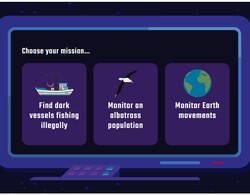
Choose a mission and then successfully build and launch a satellite that can help gather the data required. Select here for additional information on using this interactive simulation.
READ MORE